Eccentric, or extending, muscular contractions are necessary for downhill trekking in order to lessen the effect that each step has on your hips and knees. After a strenuous walk, these muscular contractions may cause soreness in your joints and muscles the next day.
Boost your leg strength.
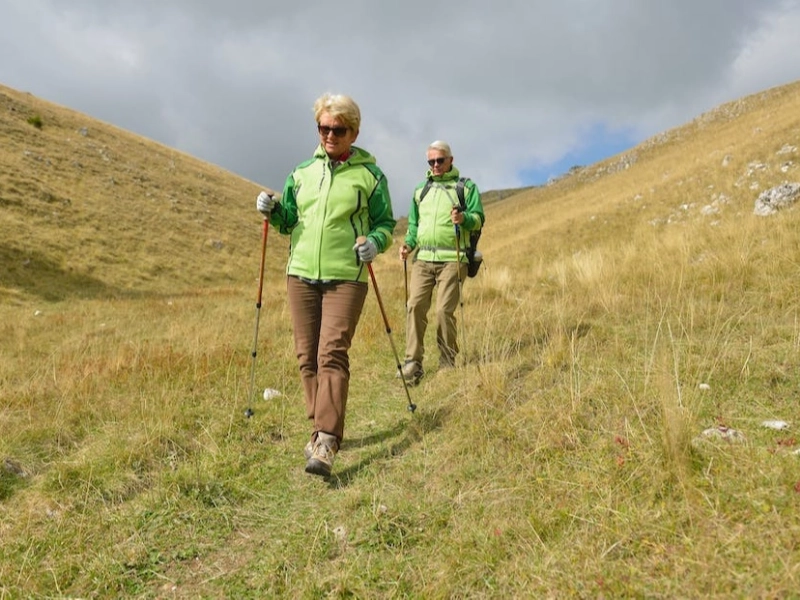
You can strengthen your hip and knee extensor muscles by walking downhill. Nevertheless, this kind of walking necessitates the eccentric contraction, or lengthening, of these muscles, which might be challenging for tendons that aren't acclimated to the contractions. There's the acute ache you typically feel on a steep hill when the muscle's tendon can't take the increased load.
Fortunately, there are techniques to lessen the strain that hiking downhill puts on your knees. The strain on your hips and knees can be lessened by altering your walk. When walking downhill, try bending your knees more, taking smaller steps, or simply placing your poles behind you.
To further prepare your legs for walking downhill, try workouts like single-leg quarter squats and walking lunges. These workouts reduce the strain on your joints while increasing muscle strength and endurance. These exercises can be performed with low weights or bodyweight at home.
Refrain from overstepping.
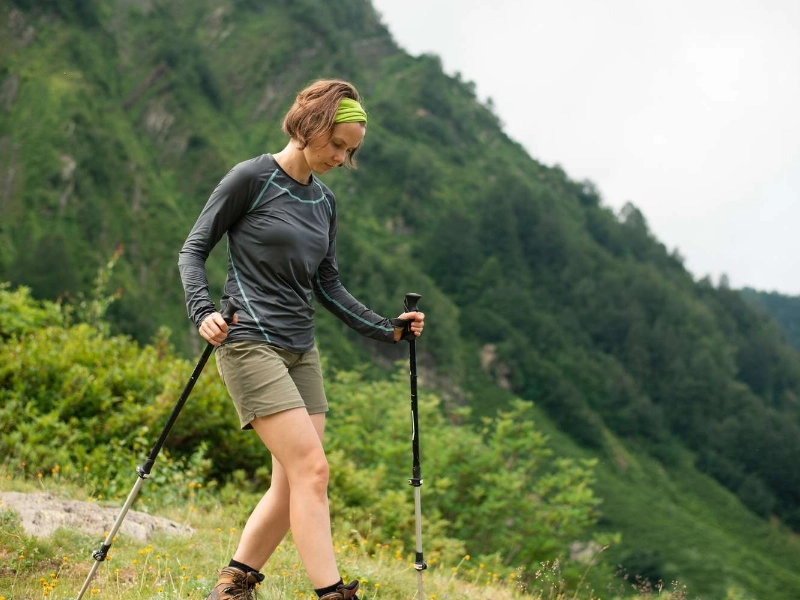
Walking downhill might be much more taxing on the knees than walking uphill. Your walk may cause muscle soreness and stiffness the day after because every step you take strikes the ground at a steeper angle, placing additional strain on your joints. Thankfully, there are a few things you can do to lessen the likelihood of getting hurt and ease the descent considerably on your knees.
When descending, bending your knees more should be your first move. By doing this, you avoid overstriding, which can send a shockwave up your leg and heel. Your legs' eccentric muscles contract when you bend your knees to absorb the force and prevent your leg from locking up.
To feel more stable and to decrease your centre of gravity, you can also shorten your stride. It's preferable for your knees to move downhill in a loping, almost prancing motion rather than with long, forceful steps.
Maintain your bent knees.
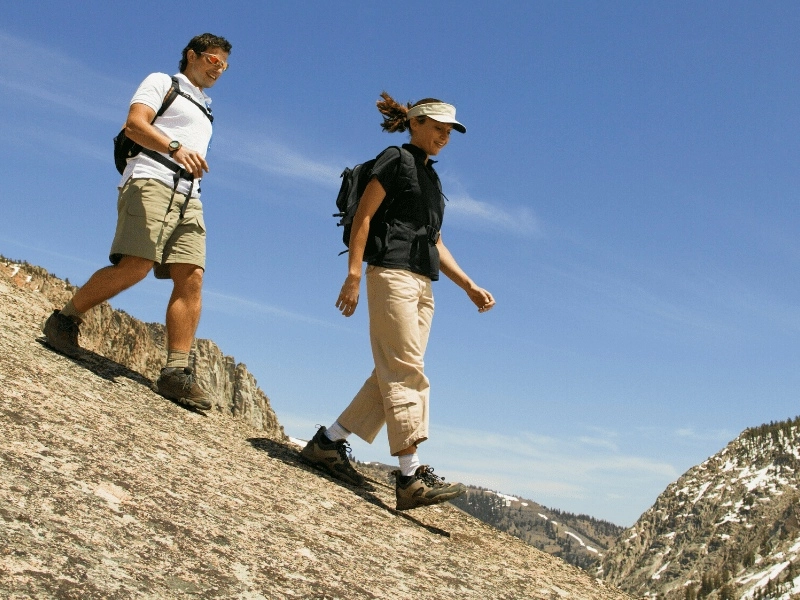
By allowing your muscles to absorb and cushion the shock, walking downhill with your knees slightly bent will help reduce the strain on your joints. Exercises that involve weight bearing and target the hamstrings, inner thighs, quadriceps, and calves can help you teach your knees to remain in this posture.
Every step you take when hiking downhill applies three to six times your bodyweight force to the leading knee. This is amplified when you have a bulky backpack on. Your muscles and joints will have to find unconventional ways to deal with the impact if your knees are not positioned correctly, which will cause aches and pains the day following your hike. By forcing you to take fewer steps, keeping your knees bent can help you control the rate of your fall and lessen the strain on your bones and joints.
Put on the proper attire.

When hiking downhill, knee pain can affect even the fittest and most seasoned hikers. In addition to being mostly impact-based, walking downhill requires eccentric muscular contractions (the descending component of the motion). Patellar tendonitis, the well-known aching beneath the kneecap, may begin to appear in the quadriceps when they are too weak to withstand these stresses.
The best defence against these consequences is to always approach impacts with your knees slightly bent. By doing this, you'll be able to reduce the force passing through your knee joints and increase the amount of load absorption by the muscles. Furthermore, you should attempt to avoid taking long strides, as this can potentially cause significant knee discomfort. On the trail, taking little, deliberate steps can help with stability and balance, as well as being much better for your knees. Your knees will thank you for the effort, even if you need to slow down.
Advertisement
Recommended Reading: Is it a Skill to go camping?
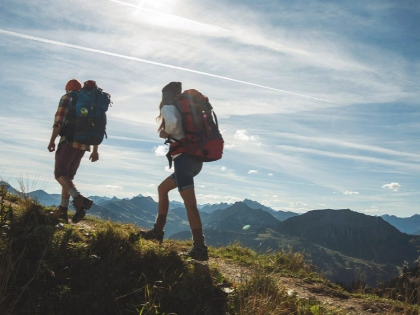

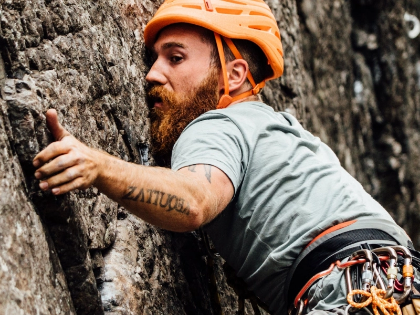
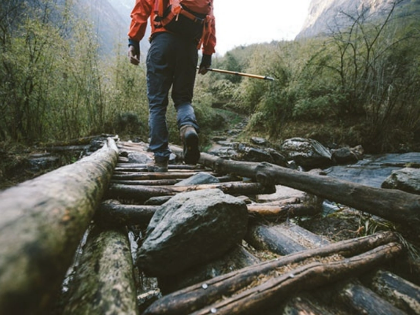


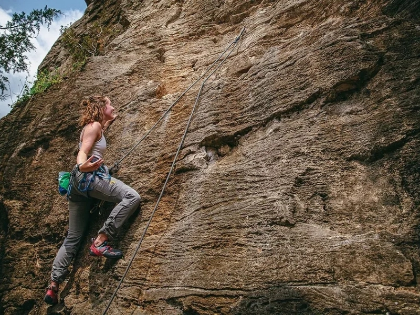
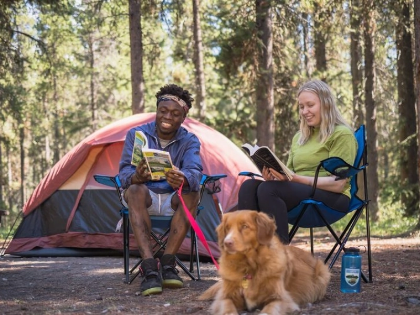

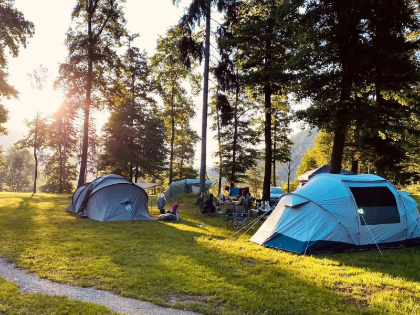

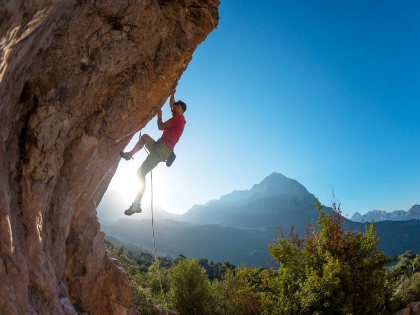

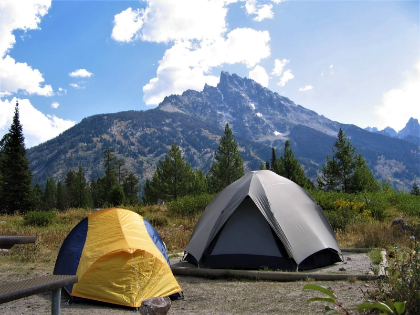
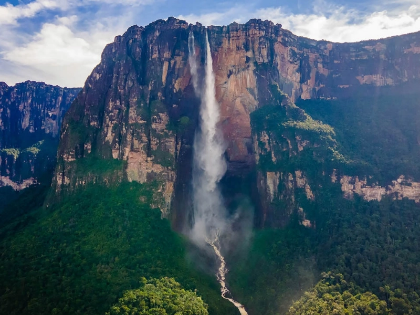
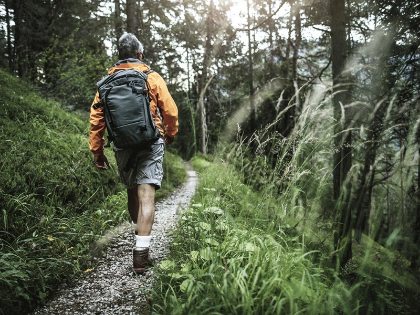
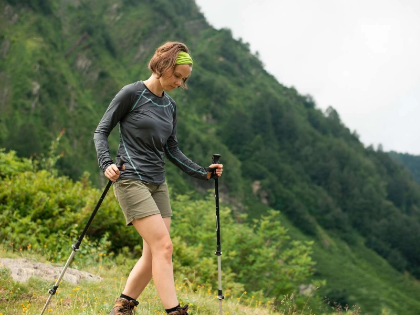
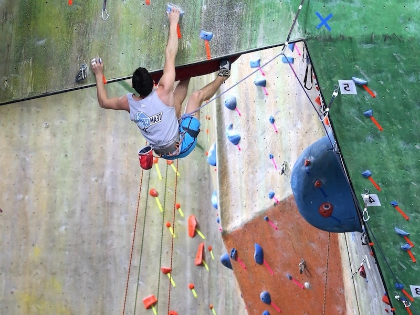
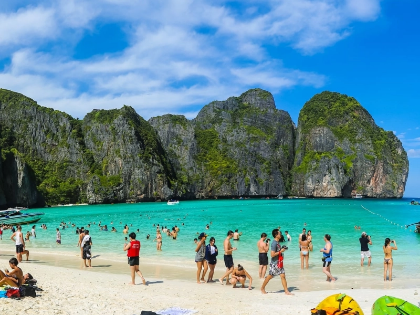
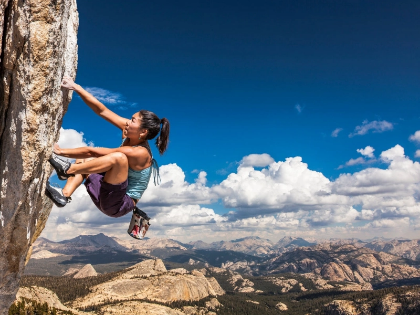




Balances forward and fallback paths.